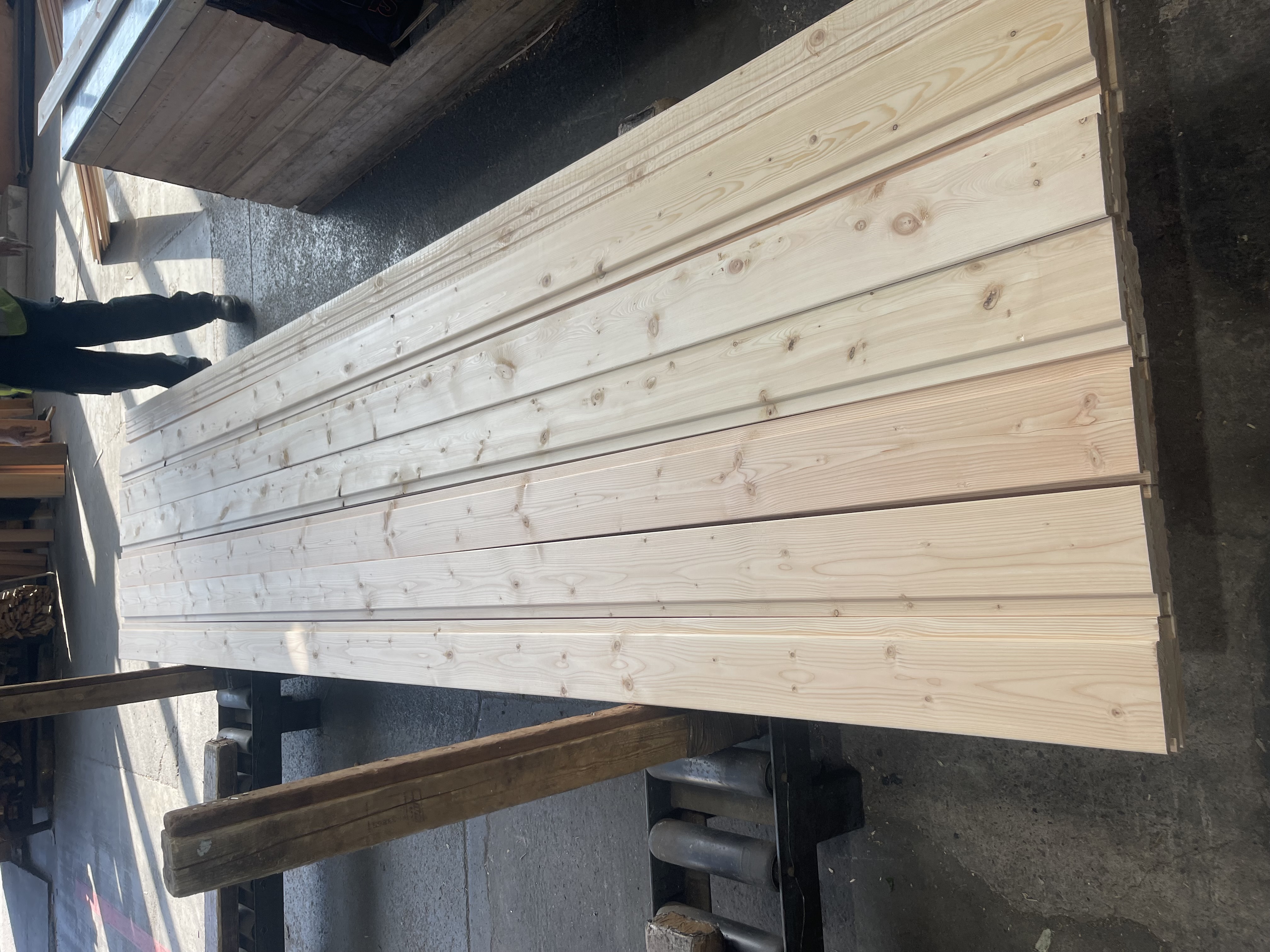Douglas Fir Tree and Timber
Named after Scottish botanist David Douglas (though the scientific name is in honor of Archibald Menzies, who first described the tree in the 1790s).
Douglas-Fir is technically not a true Fir (Abies genus). It is its own species most closely related to Hemlocks. It is also commonly referred to as “Larch” in the Western US.
The scientific name is Pseudotsuga menziesii.
Distributiuon
Typically, Douglas fir trees are found on costal Western Canada. However, HiLine Douglas Fir is found more internal rather than the costal region. This means that the trees are grown in higher, colder climates leading to slower growth and smaller trees.
The slower grown trees mean more density and stability than its costal counterpart.
Due to the small nature of the tree, the knots are frequent but a lot smaller and sounder than the costal brother.
Although mature Douglas Fir trees can reach heights exceeding 75m tall and diameters over 2m wide, HiLine Douglas Fir are a lot smaller, only growing to 30m tall with diameters up to 0.5m wide.









